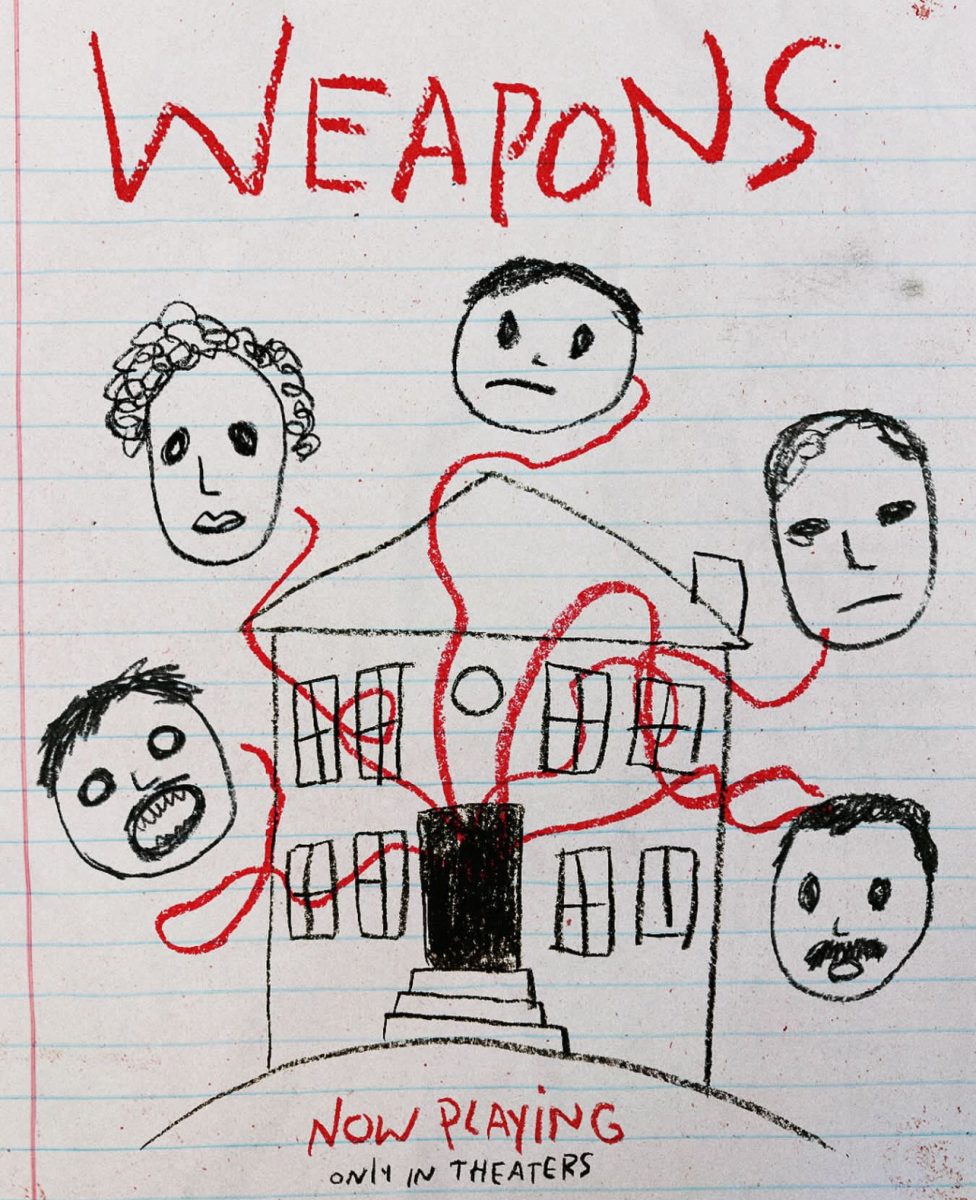
By Nicole Horton
Alejandro González Iñárritu, the director of 21 Grams, helms the new movie Birdman, a technically- stunning, yet fast-paced movie that tackles the intermingling, yet at times conflicting worlds of reality and fame. It was a very personal project for Iñárritu, who in addition to directing wrote the screenplay and served as a producer.
The movie follows actor Riggan Thomson (Michael Keaton, Batman), who hopes that his new Broadway play will revive his declining career and prove that he is a serious actor. Thomson is best known for his role of “Birdman” in a superhero franchise, but he did not want to star as Birdman in the fourth installment because he did not want the character to define his career. Ironically, Keaton had donned the cape to star in Tim Burton’s two Batman films, but declined to continue with the franchise.
For any literature and movie buff who derives great enjoyment in analyzing both overt and hidden themes, this movie is a perfect fit. The play that Thomson is directing and starring in is based on Raymond Carver’s short story, “What We Talk About When We Talk About Love.” The main character experiences an arduous search for love and acceptance, which is a theme entwined throughout Birdman.
“He [Michael Keaton] added a lot of mental reality to the film, he was one of the few people who wore that cape,” Iñárritu told The Fordham Ram. At the same time, he has the craft and range to play in drama and comedy. He added a lot of fun and greatness. I thought he was very bold.”
With the play’s opening night looming, a series of events and Riggan’s personal life create a complex, highly stressful situation. His lead actor is injured in a freak accident right before previews. At the suggestion of lead actress Lesley (Naomi Watts, King Kong) and urging from his best friend and producer Jake (Zach Galifianakis, The Hangover), who serves a calming influence among the chaos, he hires Mike Shiner (Edward Norton, Fight Club). Shiner is a hotheaded but beloved Broadway actor. Thomson and Shiner represent the differing worlds of Hollywood commercialism and New York City theater.
In addition to his professional concerns, Thomson must deal with his girlfriend and co-star Laura (Andrea Riseborough, Oblivion) feeling neglected, and rebuilding his relationship with his daughter and personal assistant Sam (Emma Stone, The Help), who just completed rehab. Stone’s character is mostly in the background, brooding and feeling misunderstood. When confronting her father, however, she shines in a dramatic monologue, filled with angst and emotion. His ex-wife Sylvia (Amy Ryan, Gone Baby Gone) aids Jake in trying to quell his fears and anxiety, but is also tough on Thomson about being there for their daughter and making up for lost time.
The play that Thomson is directing and starring in takes place at the historic St. James Theater in New York City, where most of the movie is filmed. The theatre is rather cramped, but the movie appears to take place in a single tracking shot. The camera winds through the corridors of the theatre, going from the dressing rooms to the stage or from the hallway to the roof.
“Basically, it was a very short shooting — 29 days,” Iñárritu said. “It was fast, very effective. We rehearsed a lot before arriving to the set, so basically it was a very intense and meticulous work of actors, camera, crew. Everything was designed to match the needs of the film. It was exhilarating, but when you do a show like this at a single shot, the experience is much more a brotherhood that is different. We were laughing because it is about our industry.”
Aside from this preparation, the film deviates into magical realism during the scenes where the audience gets a glimpse into Thomson’s mind. In addition to his in inner monologue, he hears Birdman’s voice and influence, growling in his ear about haters as he deals with his critics and concerns that the cast will not be ready. He has the ability to levitate objects in his dressing room and even takes flight later in the movie.
“I think the ego is part of our disease of society — someone who misleads priorities and is not present at all,” said Iñárritu. He goes on to refer to dictators of the world and those who harm humanity. “Thomson’s manic state of mind is an extreme case of ego. I think it deals with something that is very real,” he added.
Thomson’s inner monologue may depict a man who is on the brink, consumed by his ego or both. Or, perhaps his superhuman powers illustrate a world where the concepts of art, perception and reality are blurred to the point of being nearly indistinguishable — that is for the viewer to decide. It certainly creates dramatic, and at times comedic moments in a movie that is both surreal and thought-provoking.
__________
Nicole Horton is the Culture Editor for The Fordham Ram.






































































































































































































